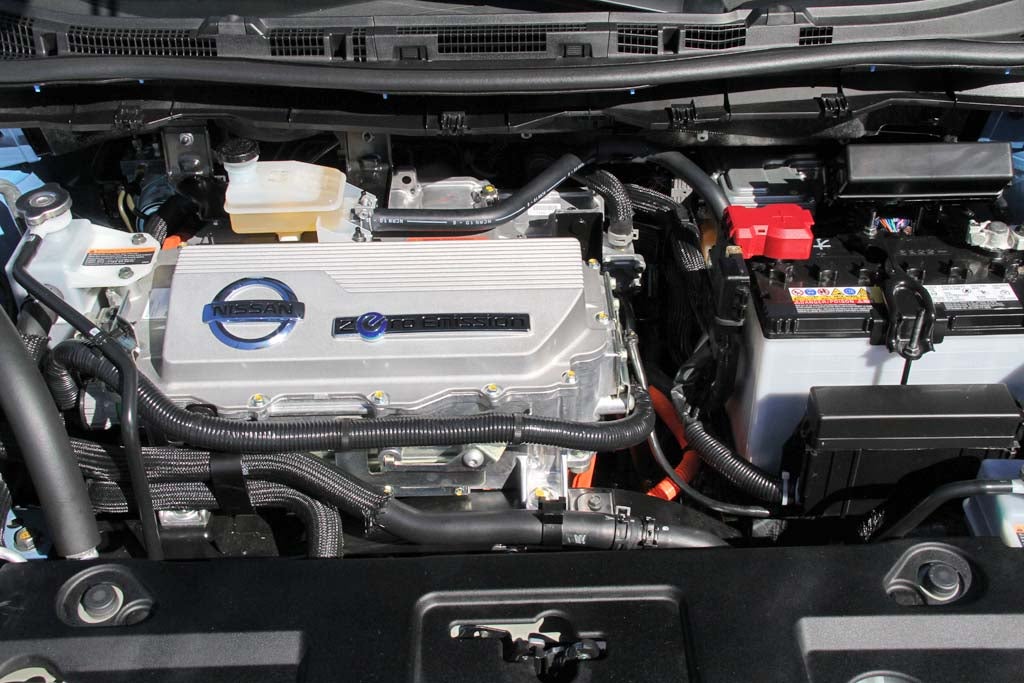NasGoreList
Well-known member
Most of us drive our LEAFs during the rush hour traffic in the cities during which time we are exposed to the high levels of toxic gases and particulate air pollution (PM2.5 and PM10) from the other cars exhaust fumes.
My guess is that LEAF cabin air filter is nothing special when it comes to good filtration of the particulate matter. Has anyone attempted to upgrade cabin air filter with HEPA rated filter to reduce their daily commute exposure to the toxic air pollution?
My search revealed that Mitsubishi makes HEPA cabin air filter for some of their cars but doubt it would fit into LEAF. Anyone has Diagram of the LEAF outside air intake, this could potentially be the place to put/retrofit the HEPA rated filter?
Perhaps something like this:
http://www.amazon.com/Holmes-HAPF30..._sbs_hg_1?ie=UTF8&refRID=1J3P12993C8WY8K3PEYZ
A new study says the single best thing you can do to protect yourself is roll up the windows and set your vehicle’s ventilation system to ‘recirculate.’
Using that setting -- typically a button that shows a car with an arrow inside -- can cut pollution concentrations inside a typical car to 20% of on-road levels, scientists found. When you use a ventilation setting that draws in outside air, they found, you are exposed to up to 80% of the levels of pollution found in traffic, even with the windows up.
http://articles.latimes.com/2013/se...ecirculate-car-air-pollution-traffic-20130912
My guess is that LEAF cabin air filter is nothing special when it comes to good filtration of the particulate matter. Has anyone attempted to upgrade cabin air filter with HEPA rated filter to reduce their daily commute exposure to the toxic air pollution?
My search revealed that Mitsubishi makes HEPA cabin air filter for some of their cars but doubt it would fit into LEAF. Anyone has Diagram of the LEAF outside air intake, this could potentially be the place to put/retrofit the HEPA rated filter?
Perhaps something like this:
http://www.amazon.com/Holmes-HAPF30..._sbs_hg_1?ie=UTF8&refRID=1J3P12993C8WY8K3PEYZ
A new study says the single best thing you can do to protect yourself is roll up the windows and set your vehicle’s ventilation system to ‘recirculate.’
Using that setting -- typically a button that shows a car with an arrow inside -- can cut pollution concentrations inside a typical car to 20% of on-road levels, scientists found. When you use a ventilation setting that draws in outside air, they found, you are exposed to up to 80% of the levels of pollution found in traffic, even with the windows up.
http://articles.latimes.com/2013/se...ecirculate-car-air-pollution-traffic-20130912


